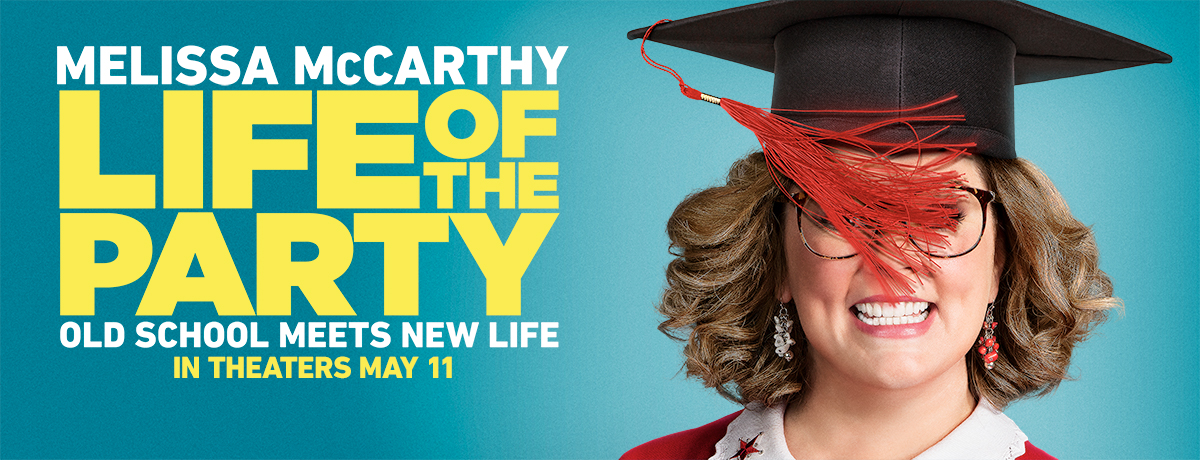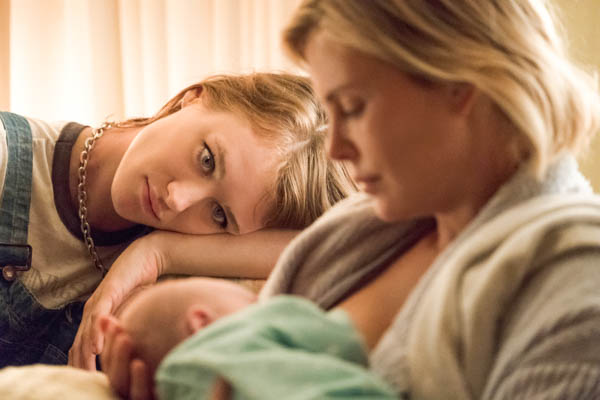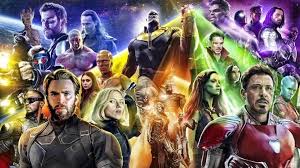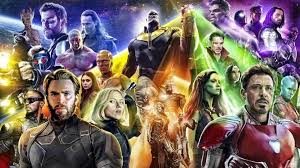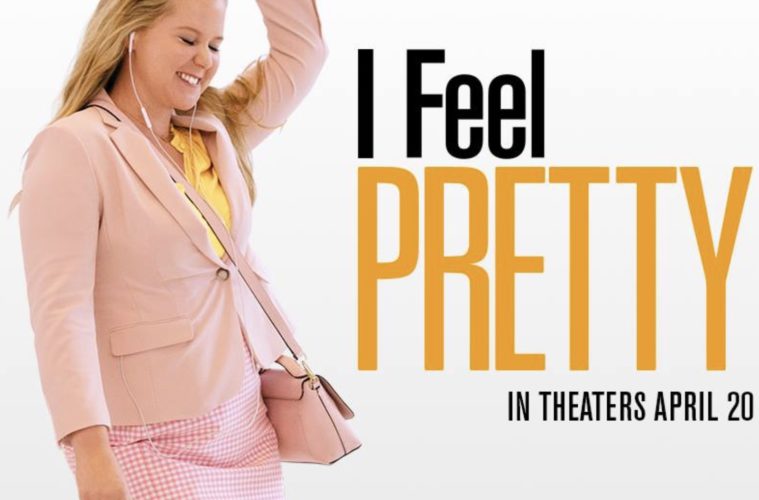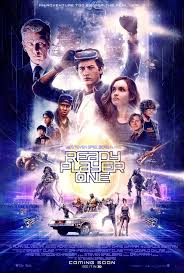Life of the Party
Posted on May 10, 2018 at 5:53 pm
B +| Lowest Recommended Age: | High School |
| MPAA Rating: | Rated PG-13 for sexual material, drug content and partying |
| Profanity: | Some strong language |
| Alcohol/ Drugs: | Drinking and drugs |
| Violence/ Scariness: | Comic peril and violence, gun, no one hurt |
| Diversity Issues: | None |
| Date Released to Theaters: | May 11, 2018 |
| Date Released to DVD: | August 7, 2018 |

Thank you, Melissa McCarthy and Ben Falcone, for figuring out that what we want to see is Melissa McCarthy as America’s sweetheart, not a deranged sociopath. In their previous films, “Tammy” and “The Boss” and in McCarthy’s “Identity Thief” the brilliant comic actress with the adorable dimples was cast as weird, heartless, damaged and damaging characters. It takes nothing away from McCarthy’s considerable dramatic talent (she was outstanding in “St. Vincent” and we are very much looking forward to her performance later this year in the fact-based story of a literary fraud and forger, “Can You Ever Forgive Me?”) to say that she is at her very best and funniest when she is irrepressibly sunny.
And so Falcone and McCarthy have created just that in Life of the Party, where she plays Deanna, a loving mother and housewife who learns, as she and her husband (Matt Walsh of “Veep”) drop their daughter off at college for her senior year, that her husband is leaving her because he has fallen in love with another woman (“Modern Family’s” Julie Bowen).
Deanna, who wears a “Proud Mom” sweatshirt and has devoted her whole life to her family, is angry and disappointed. She decides that her biggest regret was dropping out of school when she became pregnant with Maddie (Molly Gordon), so what she wants to do is go back and get her degree. This has the additional benefit of being on campus with Maddie who is predictably a bit nonplussed, but supportive. And Maddie’s sorority sisters love Deanna’s enthusiasm and kindness. Yes there’s a mean girl (and an 80’s party dance-off! Yay!), but we don’t have to slog through the expected scenes of students underestimating Deanna just so she can show them how wrong they were.
As in McCarthy’s other best comic roles, in “Bridesmaids,” “Spy,” “Ghostbusters,” and “The Heat,” Deanna may be awkward and overly effusive, but she is also supremely capable and in most situations, confident as well. It’s easy to get a cheap laugh from incompetence and failure, and there are a few of those here, primarily from the underused Gillian Jacobs, playing an undergraduate who was in a coma for eight years and has some catching up to do. Deanna may have a problem with oversharing, she does not always make good choices, and for some reason public speaking puts her into a panic, but she is both smart and wise. She has a sustaining friendship (the invaluable Maya Rudolph) and a perpetual sunniness that everyone around her finds endearing. Her soon-to-be-ex with a skinny blonde girlfriend and a new earring tells her he needs an “upgrade.” But it is Deanna who finds herself upgrading in every category, including a handsome and devoted young beau, played by the very appealing Luke Benward. That is a satisfying starting point for some mostly-adorable silliness and a lot of heart. Deanna repeatedly says she is “down to clown,” which is supposed to be an eye-rolling mom-ism. But it is McCarthy who is truly down to clown and we are all the better for it.
Parents should know that this movie includes sexual references and situations, potty humor and crude jokes, drinking and drugs, comic mayhem, peril and violence, a gunshot, and some mild language.
Family discussion: What did the girls like about Deanna? What was the biggest change she made?
If you like this, try: More college comedies, including “Back to School,” “Sydney White,” “High Time,” and “The House Bunny”

